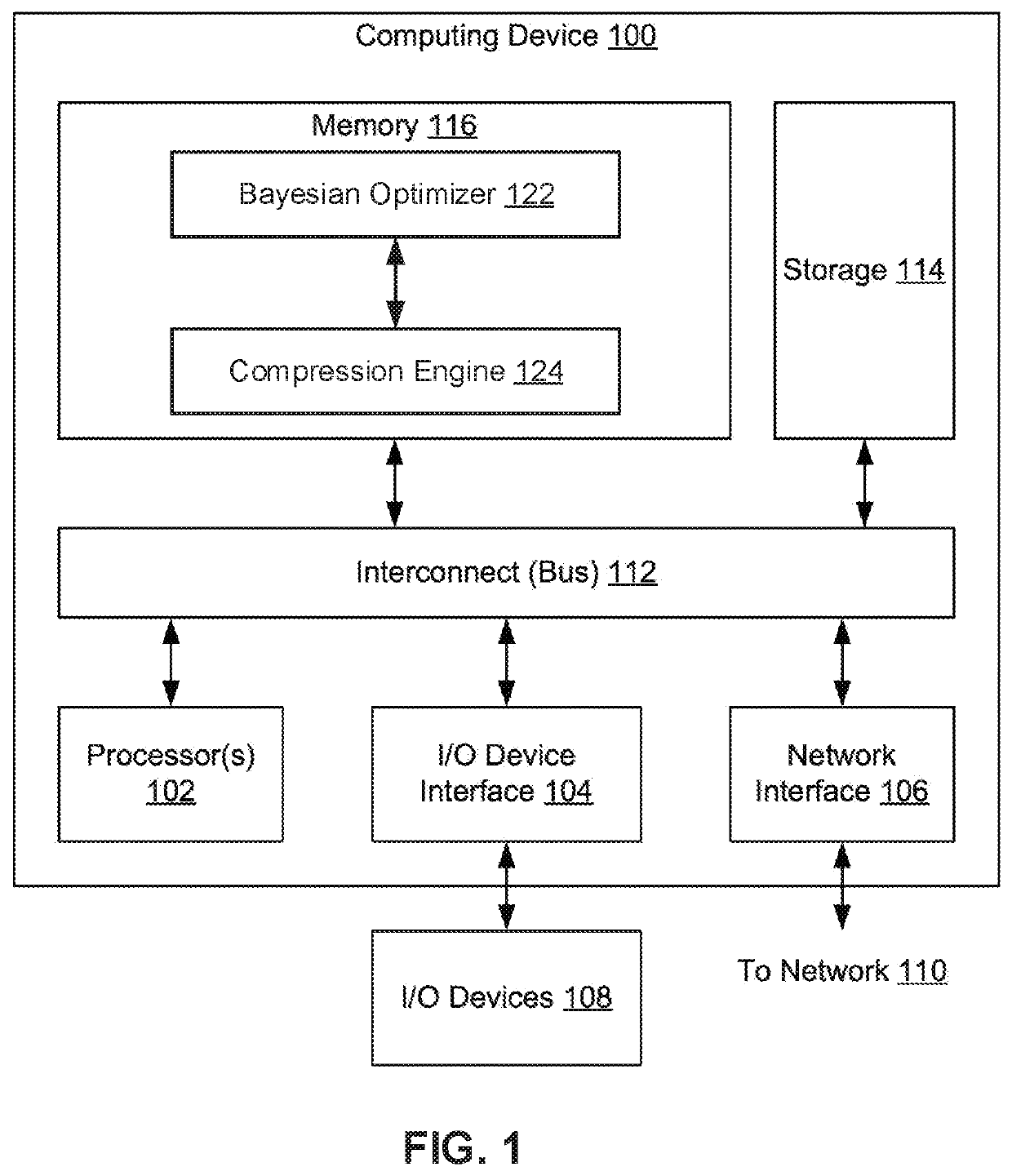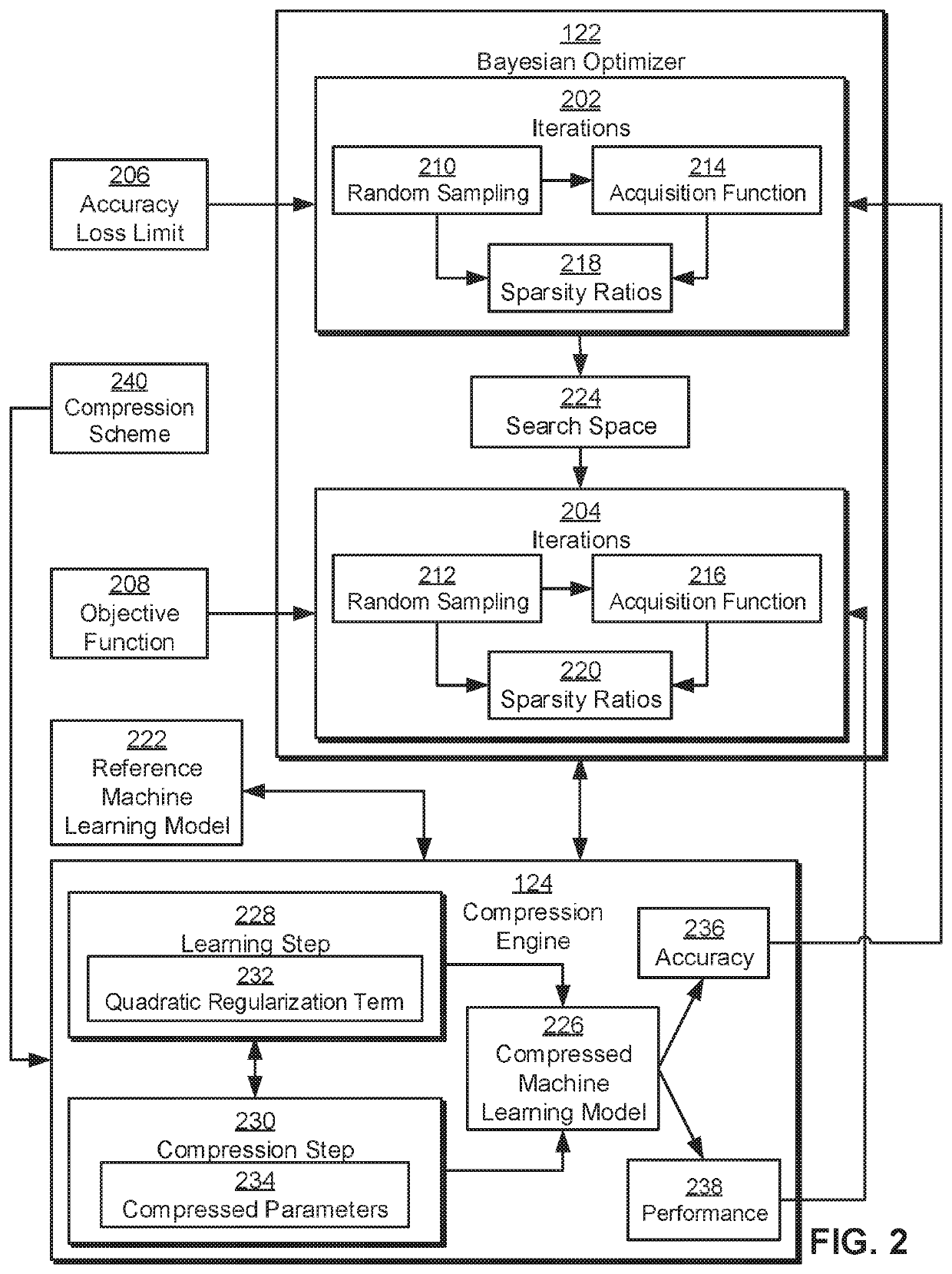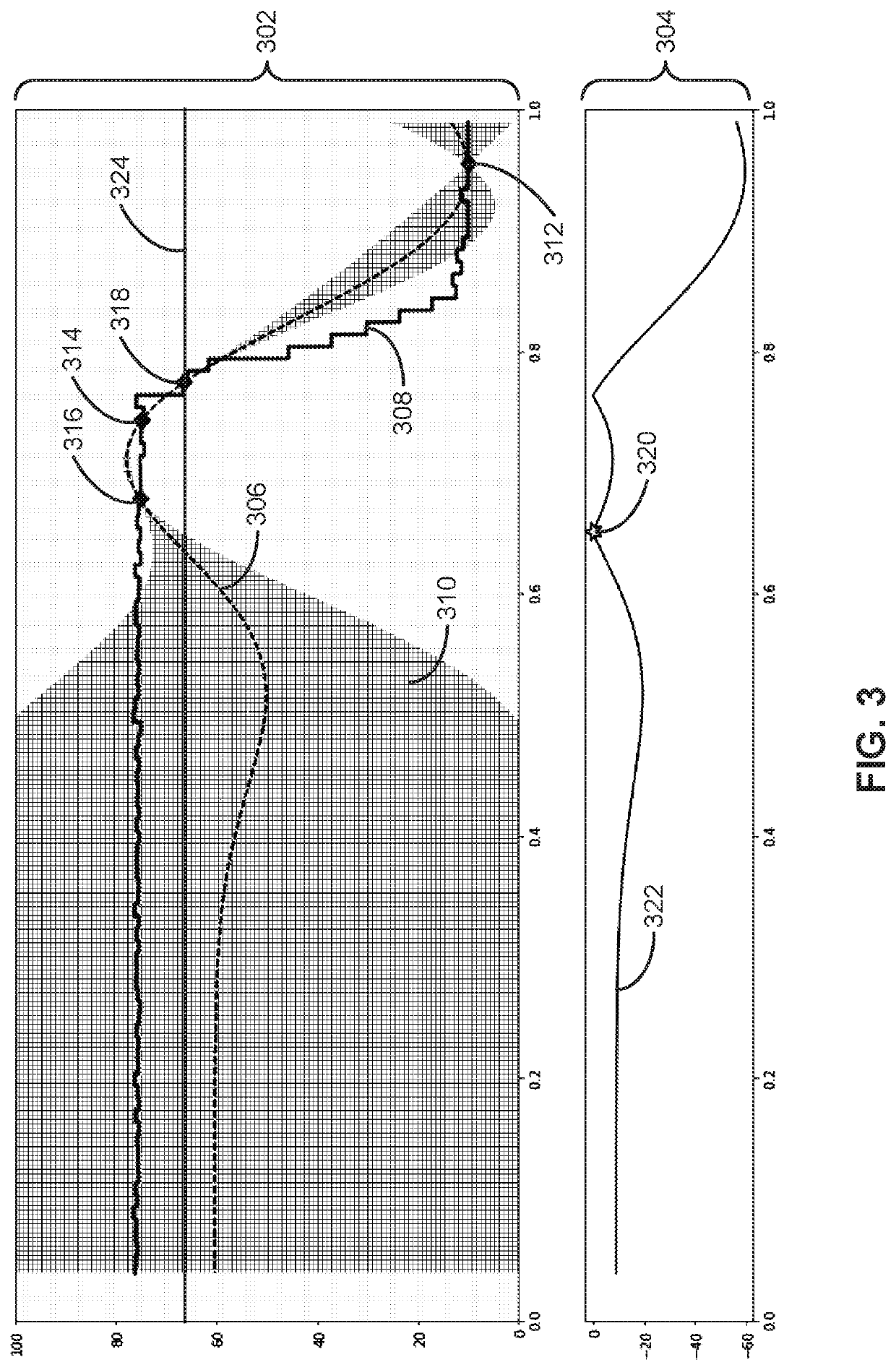Bayesian optimization of sparsity ratios in model compression
a sparsity ratio and model compression technology, applied in the field of machine learning model compression, can solve the problems of computational intensive, inconvenient manual exploration and/or selection of the amount of compression, and significant complexity of executing dnns
- Summary
- Abstract
- Description
- Claims
- Application Information
AI Technical Summary
Benefits of technology
Problems solved by technology
Method used
Image
Examples
Embodiment Construction
[0002]Embodiments of the present disclosure relate generally to compression of machine learning models, and more specifically, to Bayesian optimization of sparsity ratios in model compression.
Description of the Related Art
[0003]Deep neural networks commonly have a large number of computation-heavy layers such as convolutional layers and / or fully-connected layers. Such neural networks are also frequently trained and deployed using full-precision arithmetic. As a result, executing DNNs can involve significant complexity, latency, and memory consumption.
[0004]A number of techniques can be employed to reduce the memory footprint and inference time of deep neural networks. For example, parameters and / or activations of a neural network can be quantized to reduce the bit width of the parameters (e.g., from 32-bit floating point to 8-bit floating point) and / or convert certain matrix multiplication operations for calculating the activations into logical operations. Further, a weight in the n...
PUM
 Login to View More
Login to View More Abstract
Description
Claims
Application Information
 Login to View More
Login to View More - R&D
- Intellectual Property
- Life Sciences
- Materials
- Tech Scout
- Unparalleled Data Quality
- Higher Quality Content
- 60% Fewer Hallucinations
Browse by: Latest US Patents, China's latest patents, Technical Efficacy Thesaurus, Application Domain, Technology Topic, Popular Technical Reports.
© 2025 PatSnap. All rights reserved.Legal|Privacy policy|Modern Slavery Act Transparency Statement|Sitemap|About US| Contact US: help@patsnap.com



